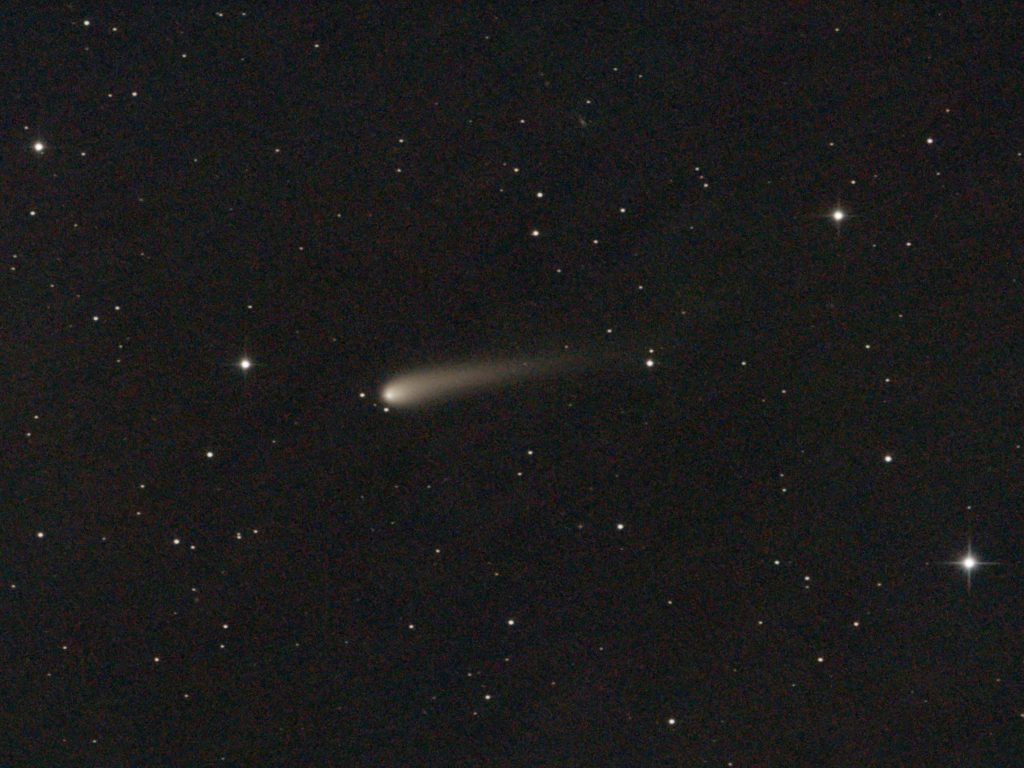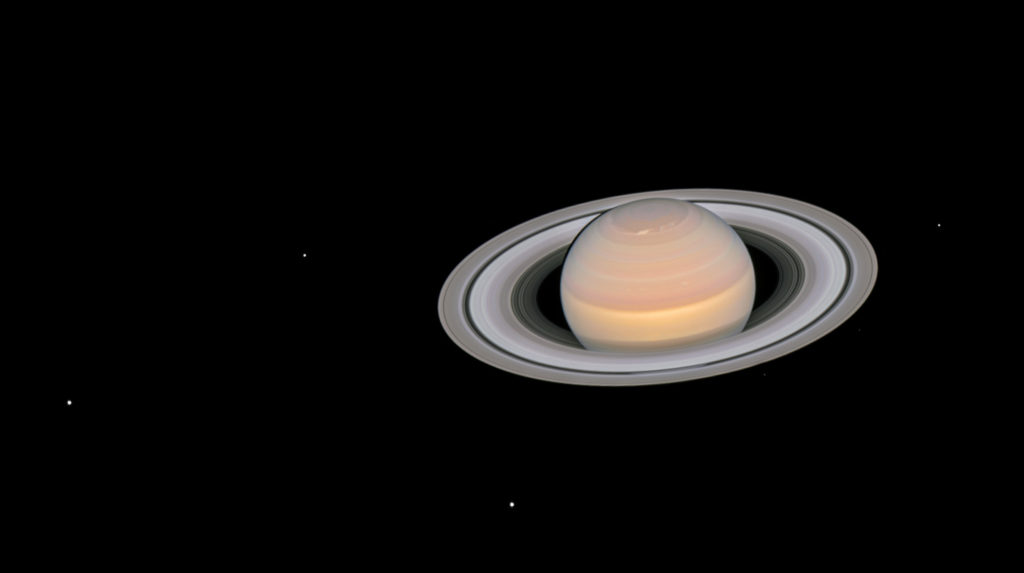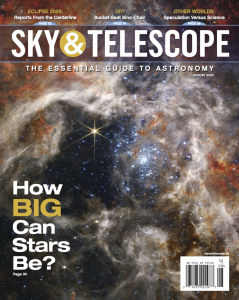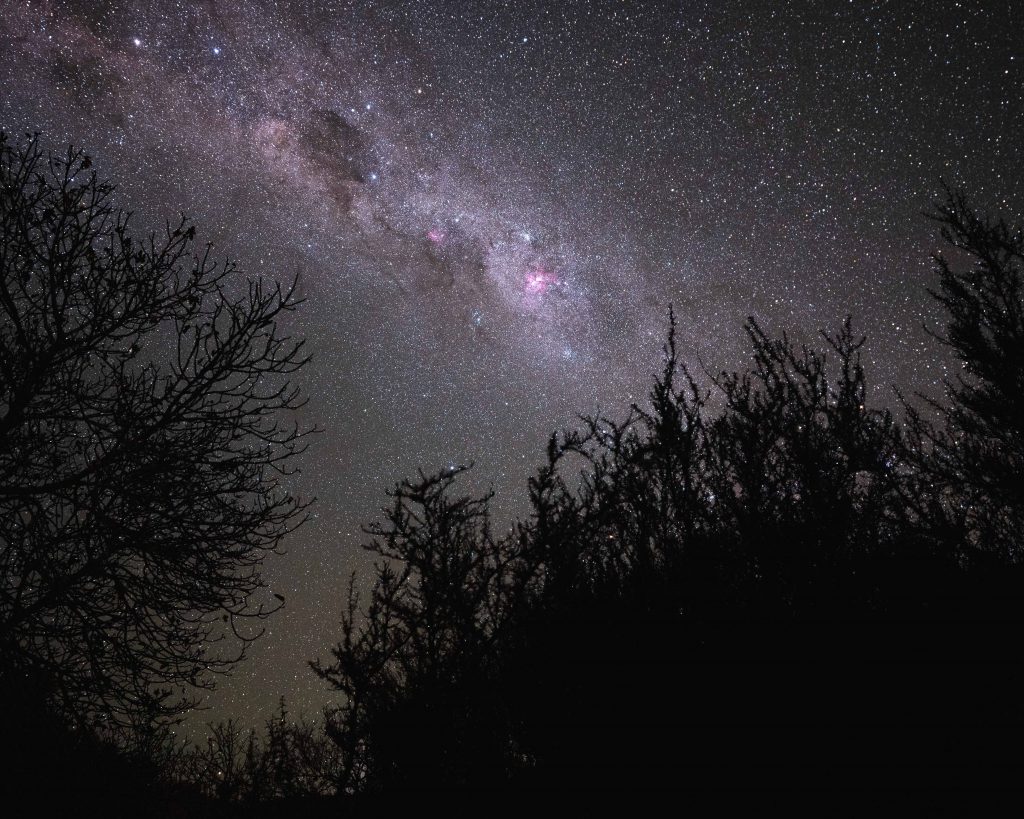
The comet lives! At least so far…
In July, some astronomers suspected the promising comet C/2023 A3 (Tsuchinshan-ATLAS) was on its way to breaking into pieces and fading from view. But as the comet became lost in the Sun’s glare from Earth, satellite images showed it apparently still intact. This offers hope that this little interloper from the Oort Cloud will put on an appealing – and possibly spectacular – display in late September and October 2024 [Read more…] about Get Ready for a Bright Comet!
Share This:


